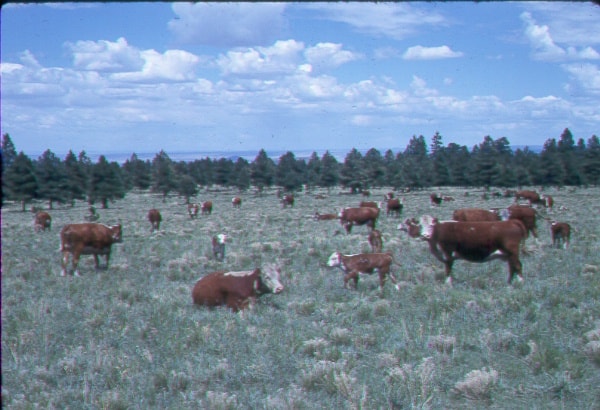Andy Stahl has pointed out some issues around FS morale here.
But “what specific actions can be done to improve it?”, is the question at hand. The following is my contribution to the discussion. Please feel free to share your ideas.
To non- FS folks- I am aware that some of the irritations of modern organizational and technological life transcend the FS and even the government, e.g. “centralized services,” “help desks”, “self-service.”
Here is the proposal.
One cause of poor morale is a seemingly endless barrage of new requirements- usually with an unrealistic timeframe. Employees can’t understand why the new requirement is needed or imposed. One example is the new requirement to get two layers of approval plus ASC to approve requests to exceed the per diem rate, where it seems like for many years the supervisor was enough approval.
To improve morale, in my view, before a new requirement (that requires more time for employees to complete) is introduced, the new requirement would have to pass before the Board of Cranks. The Cranks would be volunteers but would also have a staff of 10 up and coming professionals, energetic, creative, and technically knowledgeable. This would then cost approximately $1,000,000 a year but be inestimably valuable in terms of morale. These would be called the Crankstaff and they would be virtual positions expected last two to three years. They would be encouraged to talk to districts and forests and conduct time trials when comparisons of alternative approaches need to be tested.
The Board of Cranks would review:
1) The necessity of a new requirement.
Why is it required? By whom? What has changed for this new requirement to be necessary?
Cranks would question the necessity. If they found it was necessary, they would move on to..
2) Is there an easier way to meet the need that led to the requirement?
a. How do the top three agencies on the morale survey handle the requirement?
b. How do other USDA agencies and BLM handle the requirement?
c. Post the requirement on a Cranks.fs.fed blog and give a substantial cash award to an individual who finds a better way to do it (based on a percentage of the costs saved agency- wide from the costs of the original “new requirement” proposal – not less than $1 K.)Cranks would select the most cost-effective solution and post all the background information they generated on a website- say, Cranks.fs.gov. No letter with new requirements would be allowed to go out without a link to the background at the Cranksite. That way when people found out about a new requirement, they would understand why it was instituted and how hard our own folks had tried to minimize the hassle. At least, we would be no worse than other feds.
Cranks would determine the lead time for new requirements. For example, for performance evaluations, Cranks might determine that four months before the evaluations are due would be a minimal time frame for changes to the process- if changes show up after that, they can wait until next year.
Even after the new requirement is in place, there would be a specific comment section on the Cranksite blog for each requirement- for people to share their frustrations and creative ideas for minimizing the impact. The Crankstaff would monitor these sites and make recommendations to the Board of Cranks for changing the system when good new ideas were proposed.
Each month, the Chief would sit down with the Deputy Chief for Operations and the CIO (where appropriate) and the elected Chair of the Board of Cranks and review new requirements and their progress. If the Board recommended a change to a new requirement, the Deputy Chief would have to defend the new requirement to the Chief.
That’s just one idea. What’s your idea for improving FS morale?






